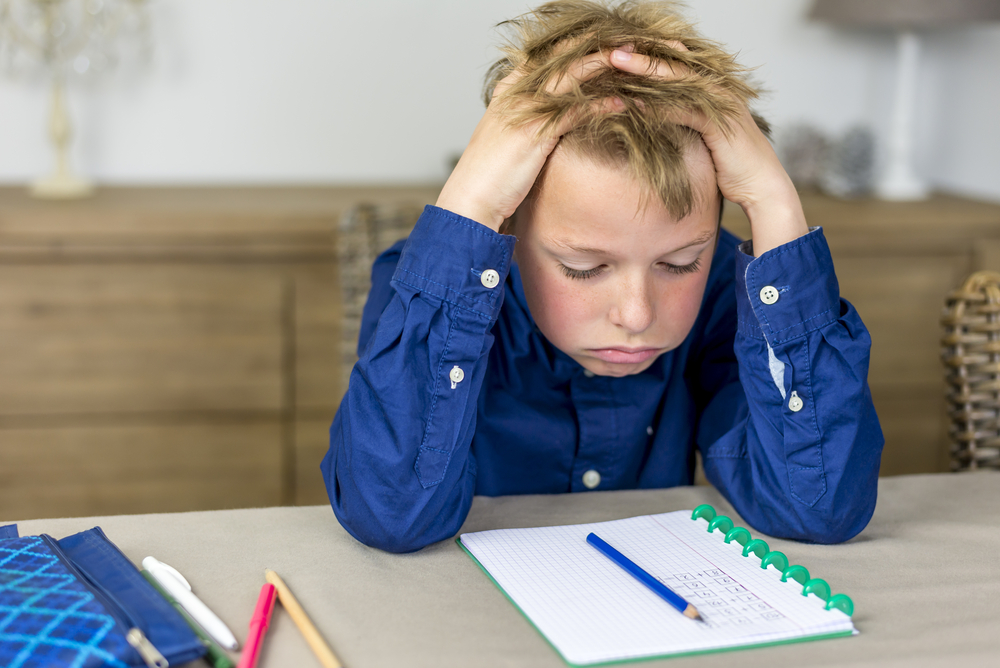Letter formation Alphabet Worksheets for Ages 6-9
7 filtered results
-
From - To
Discover engaging Letter Formation Alphabet Worksheets designed for ages 6-9! Our expertly crafted materials help young learners smoothly master writing skills. Through fun and interactive exercises, children strengthen letter recognition, develop proper handwriting techniques, and build a strong foundation for literacy. Perfect for both classroom and at-home learning, these worksheets are tailored to fit the curious nature of kids within this age group. Bright, colorful, and easy to follow, each activity ensures children feel confident as they progress. Equip your student or child for writing success with our essential letter formation worksheets!
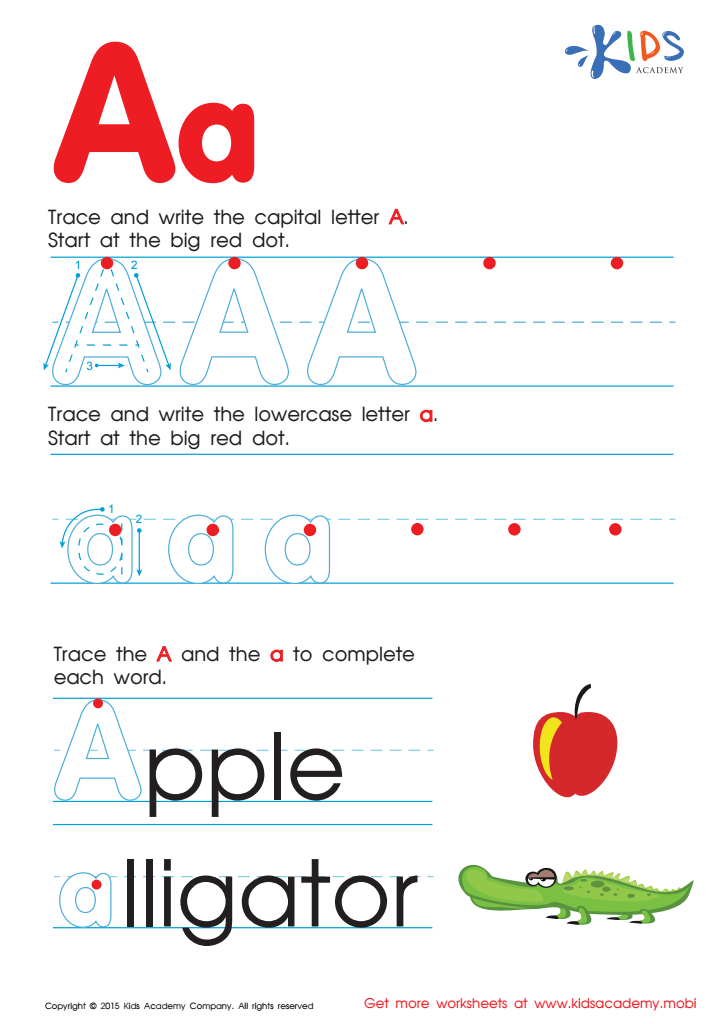

Letter A Tracing Page


Letter P Tracing Page
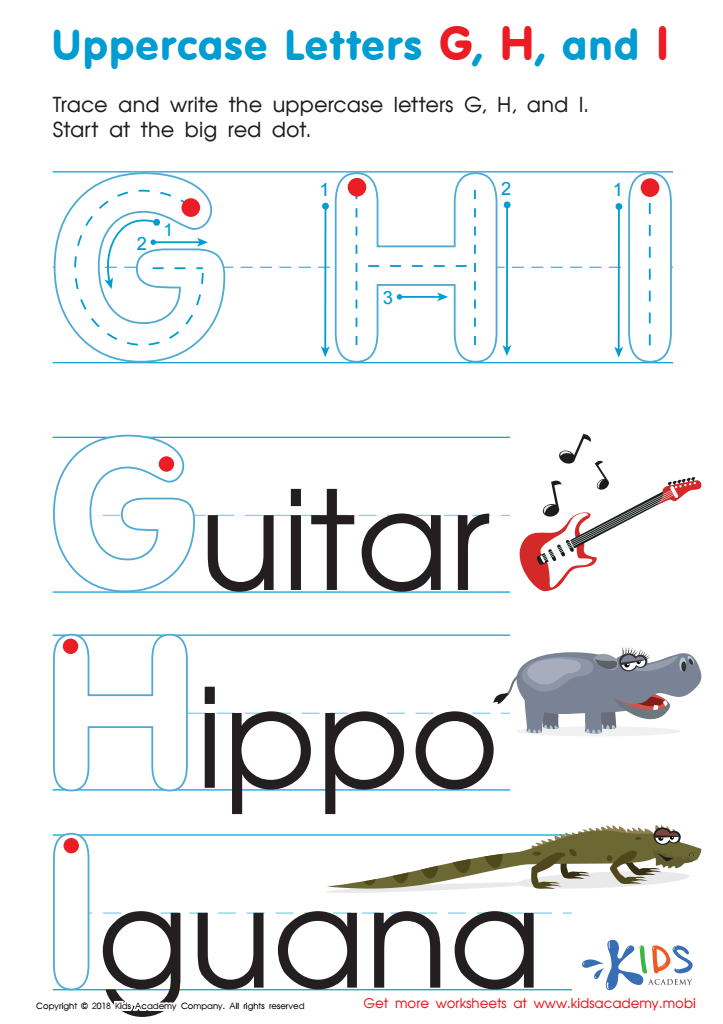

Uppercase Letters G, H, and I Worksheet


Letter G Tracing Page
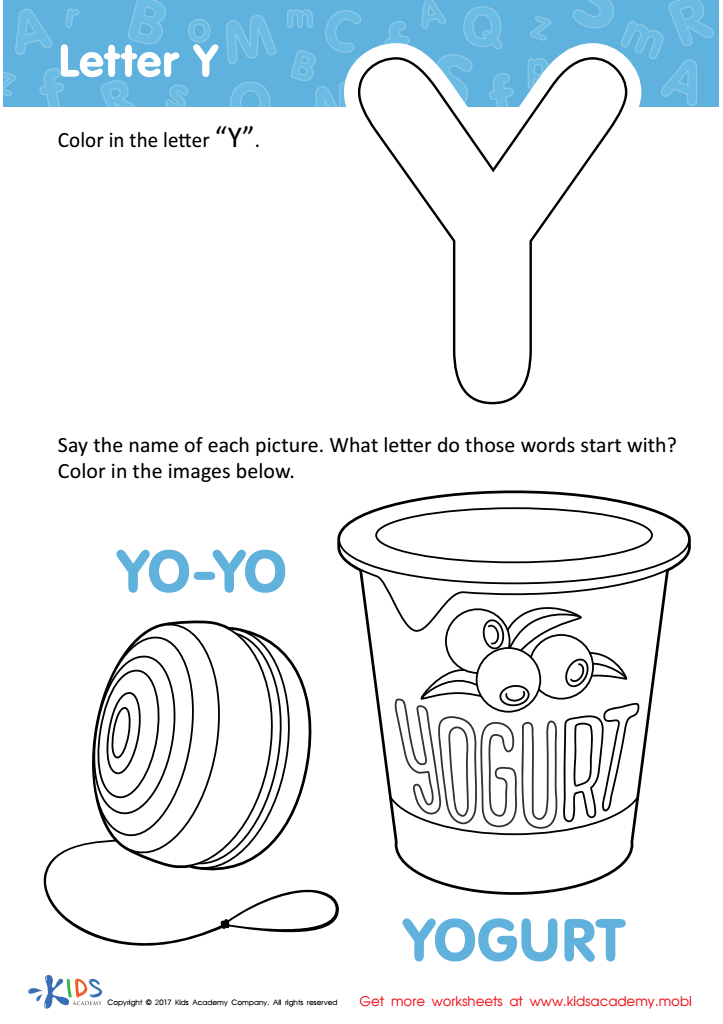

Letter Y Coloring Sheet
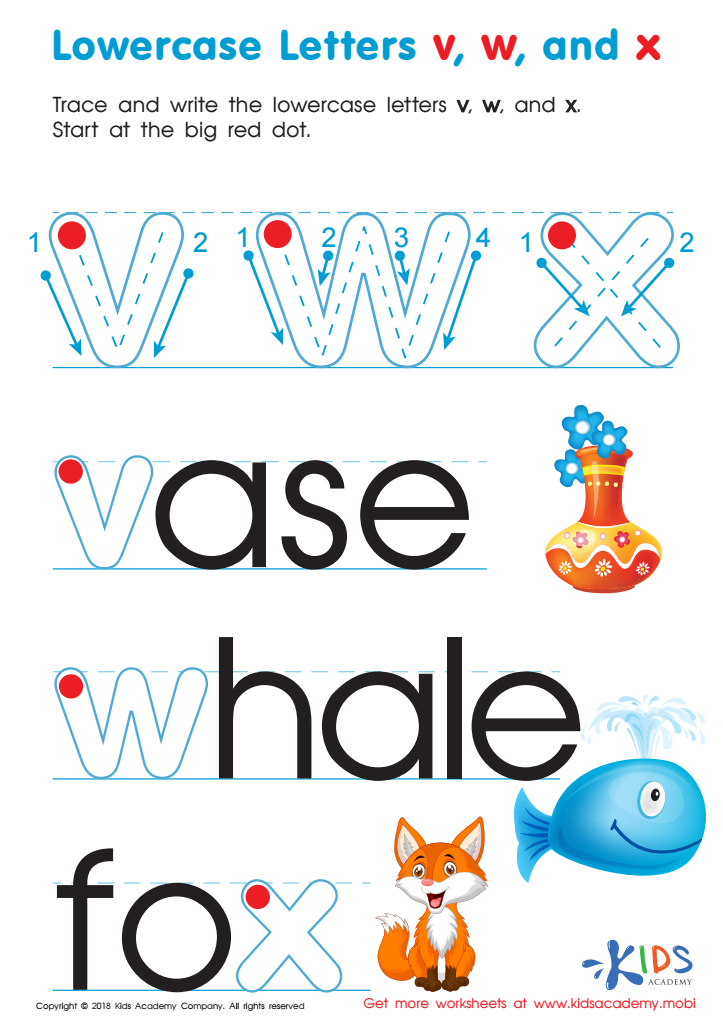

Lowercase Letters v w x Worksheet
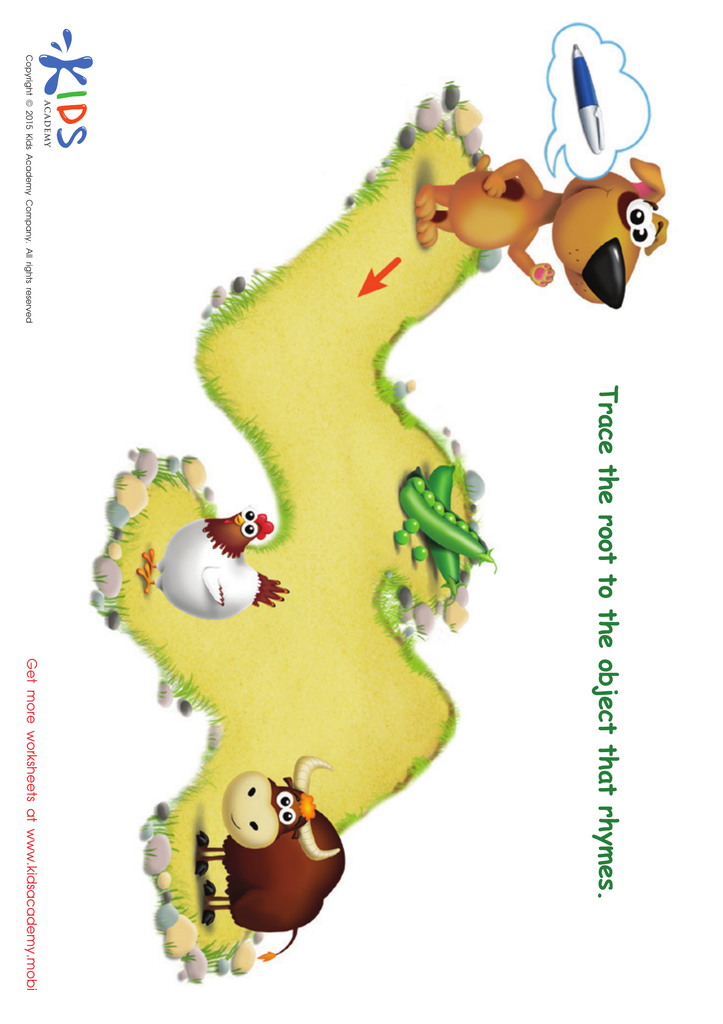

Pen Rhyming Words Worksheet
Letter formation is foundational for children ages 6-9 because it directly impacts their literacy development and academic success. During these formative years, children are transitioning from learning to read to reading to learn, and fluent handwriting is key. Proper letter formation helps prevent writing fatigue and increases writing speed, both crucial for keeping up in class and on assignments.
Correctly forming letters also enhances legibility, ensuring that children’s work can be easily understood by teachers and peers. This clarity is essential for effective communication and positive feedback, which boosts self-confidence and encourages further learning.
Moreover, the act of physically writing letters improves fine motor skills and hand-eye coordination, integral for overall physical development. It also reinforces memory and comprehension of letter shapes, aiding in spelling and reading proficiency. When children can write efficiently and legibly, they can focus more on expanding their ideas and learning complex concepts rather than struggling with the mechanics of writing.
Therefore, parents and teachers play a critical role in monitoring and guiding proper letter formation, offering children the tools they need for academic achievement and fostering a positive attitude towards learning. Making this effort early on ensures long-term benefits that extend across all areas of their education.
 Assign to My Students
Assign to My Students





